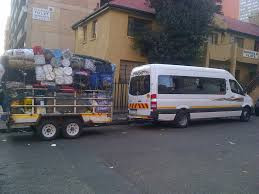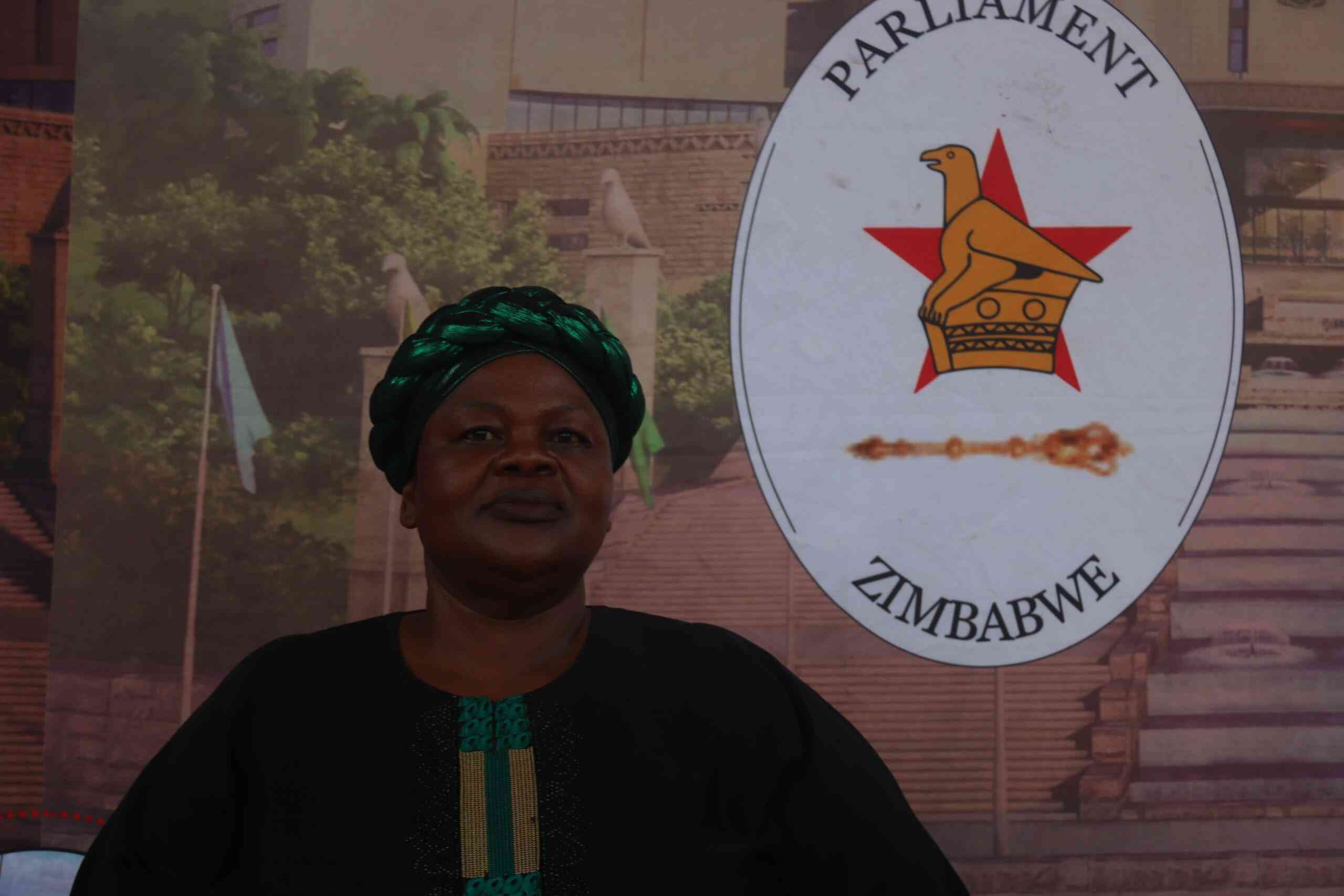
THERE has been a significant decline in the number of people who use cross-border drivers, also known as Omalaitsha, to send money back home from South Africa and Botswana in the southern region of Zimbabwe.
According to a recent report from the Famine Early Warning Systems Network (Fews Net), key informants indicate an atypically low number of informal cross-border transporters from South Africa and Botswana.
However, the report did not provide detailed statistics on the decline.
There is, however, an increase in the number of online money transfer agencies that have eased the exchange of funds across borders.
“While a shift from informal in-kind remittances to more formal and informal money transfers has reportedly occurred in these areas, key informants indicate that the frequency and values of all forms of transfers are typically low, impacting food access for households that rely on remittances as a key source of food and income,” the report said.
It further indicated that cattle market supply, especially across Matabeleland South province, is reportedly lower than last year.
“The decreased supply is due to below-average herd sizes and slow recovery following consecutive years of cattle losses due to past poor rainfall; also, there are very few to no distress or forced sales, as was the case previously,” Fews Net said.
“Livestock markets are dominated by goats and chickens, as is typical, though potential income for poor households is reportedly constrained due to low disposable income in some communities.
- Zim headed for a political dead heat in 2023
- Record breaker Mpofu revisits difficult upbringing
- Tendo Electronics eyes Africa after TelOne deal
- Record breaker Mpofu revisits difficult upbringing
Keep Reading
“Key informants report that some households are considering shifting to only small livestock production due to the high vulnerability of cattle to drought.”
The report also indicated that land preparation for the October 2025-April 2026 agricultural season is slowly starting countrywide.
Indications are that the main preparatory activities reported are land clearing, digging of conservation farming planting basins and ensuring agricultural inputs are available to start the season.
However, the report said income-earning opportunities related to the season are low, as is typical ahead of the start of the rainy season, before increasing in November when the rains start in earnest in most areas.
“Agricultural inputs like seed and fertilisers are readily available on the market, but prices remain beyond the reach of most low-income households,” it said.
“Poor households typically rely on government distributions for agricultural inputs, while others use retained seeds from the prior harvest.
“An overall favourable 2025/26 rainy season is expected and will most likely drive high areas planted for crops, support potentially favourable crop conditions and yields, replenish surface and underground water resources, and enhance pasture and livestock conditions.”









